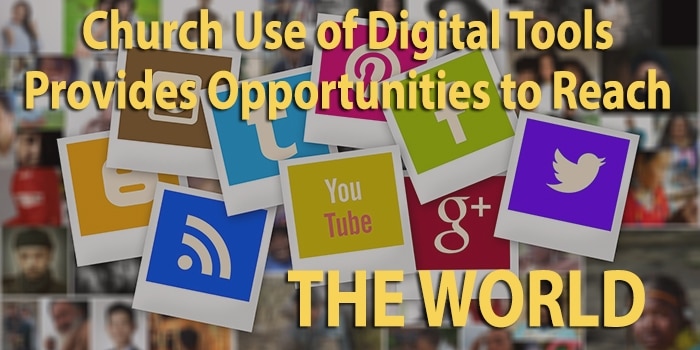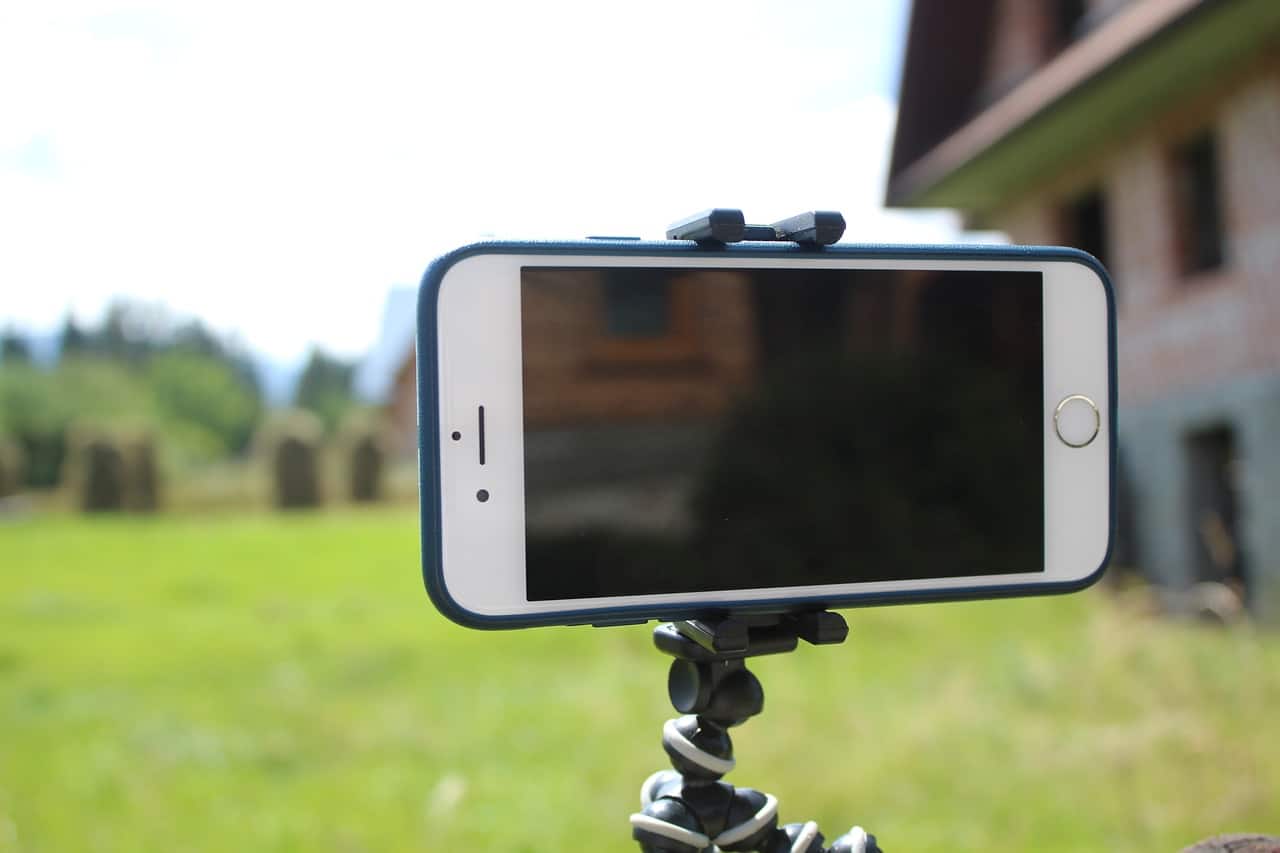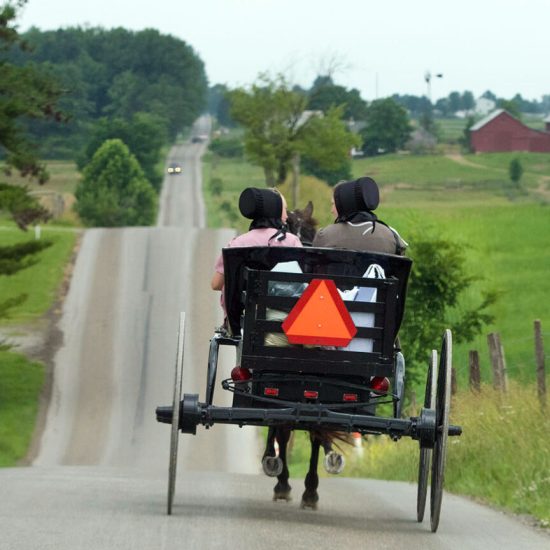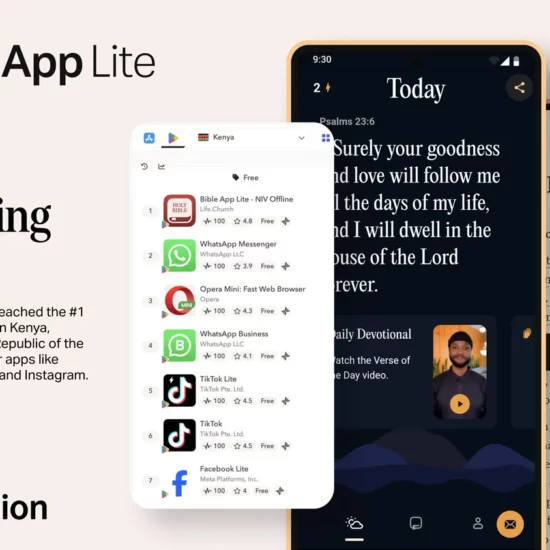
Following Billy Graham’s death, many spoke about how the evangelist embraced technology as a means to share the gospel.
“Graham, when his ministry was still young, understood that Americans get their information from a multiplicity of sources,” said Frank Wright, former president of the National Religious Broadcasters. The evangelist was “generally wise in recognizing that the way to have the greatest reach is to use every medium available rather than just focus in on one to the exclusion of others.”
As technology advanced in the 20th century, Graham used radio, television, film, satellite and internet in his ministry. Graham publicist A. Larry Ross, speaking shortly before a 2005 New York crusade, said the evangelist had been “very progressive in using every means possible to reach as many people as possible with the gospel.”
 Bob AllenLocal churches also have tremendous opportunities to use today’s technology to influence their communities and the world with the gospel, says Bob Allen, president of The App Pros, a Springfield, Mo.-based tech company that builds mobile and web applications for organizations of all sizes.
Bob AllenLocal churches also have tremendous opportunities to use today’s technology to influence their communities and the world with the gospel, says Bob Allen, president of The App Pros, a Springfield, Mo.-based tech company that builds mobile and web applications for organizations of all sizes.
“Graham was never scared of embracing the current state of technology, whether that was call-in (radio), going to an arena and having large events, or TV and broadcasting,” Allen said.
The question for today’s church is the same one Graham faced — how do we use technology most effectively in our context to reach the world for Christ?
 John ParkThe answer depends on several factors, says John Park, director of the doctor of ministry in creative leadership program and assistant professor of congregational health at Central Baptist Theological Seminary in Shawnee, Kan.
John ParkThe answer depends on several factors, says John Park, director of the doctor of ministry in creative leadership program and assistant professor of congregational health at Central Baptist Theological Seminary in Shawnee, Kan.
“Change is taking place every day, and the question is how we can lead our organizations when it comes to change,” Park said. “Many leaders don’t know how to help their congregations stay the course and navigate the changes.”
One of the problems is that just the term “technology” encompasses everything from the sound and lighting used during worship services, to websites and social media that attract visitors, to office applications that keep track of members.
The options — and their costs — can be overwhelming. The starting point is not always clear, and even if it is, there are budget, staffing and implementation issues to consider. It’s no wonder churches are often slow to adopt new technology.
But having a presence is important, Park says, and some of the essentials include:
Social Media
Many churches rely solely on social media platforms, primarily Facebook, for their web presence. Facebook is an opportunity for free marketing, Allen said, and even some small businesses rely solely on Facebook as a marketing tool. The advantages of Facebook include the ability to keep followers engaged through regular posts, to promote events to specific community members, and to set up groups or messages to communicate with small groups.
“Even a church that can’t afford a website is missing out if they don’t have a Facebook presence,” Allen said. “It’s an opportunity to let the community know what you have to offer and doesn’t cost anything but some time. And it’s built for mobile phones.”
Facebook also allows churches to easily livestream services, a popular use of the platform these days.
Website
Gone are the days when the first steps of a potential visitor are through your front door, Allen said.
“If I’m moving to a community and looking for a church, the first thing I’m going to do is start searching churches online,” he said. “I’m not going to go visit the church personally until I’ve done some due diligence online.”
Websites are helpful in providing information about your church, such as staff, ministries and classes, beliefs and missions affiliations, physical location and service times. Websites often offer the easiest way for visitors to view videos of past sermons (or download the audio) and to view photo galleries or videos of church activities. Online giving can be incorporated into a website too.
Michael Muchmore, lead software analyst for PCMag.com, says that unlike a social media page, a personalized website gives an organization a better opportunity to stand out from others.
“You can only look so distinctive on Facebook, but on your own site, you can realize a true brand image,” Muchmore says.
Website design companies abound, and many specialize in church sites. Their prices vary widely depending on the services provided. However, with today’s drag-anddrop website builders, even churches with limited budgets can create attractive, userfriendly websites (the term is “responsive,” which means the website will display well across a variety of screen sizes from mobile to desktop). PCMag.com rates Wix, Duda, Squarespace and Weebly as the top services for do-it-yourself websites, all of which can be setup with a unique website address (URL) for around $10 per month.
Blogs & Podcasts
While sermons give online visitors a glimpse into what a worship service is like at your church, blog posts and podcasts (see below) give deeper insight into the heart of the church.
“New members or potential members are interested in the pastor as the leader of the organization,” Park said. “They want to check out the pastor’s sermons, as well as some of their writings, to see what they sound like and teach like.”
Another benefit of posting relevant new content consistently to a church or pastor’s blog is that the church page will rank higher in online searches. But more importantly, a blog is an opportunity to post content that church members can share on social media, thus engaging with those outside the church and leading potential visitors to the church’s website for more information.
Mobile Apps
If a website is the church’s virtual front door, a personalized church mobile app might be the virtual pew. Like a website, a mobile app can include sermons and e-giving options, but apps can also integrate an electronic Bible and/or study materials, note-taking options and push notifications to remind users of upcoming events and prayer requests.
A mobile app requires more technical expertise to develop, but it offers a richer experience to users, Allen says.
“You can do a lot more fine detail functionality in a mobile app. It’s just a different experience,” he explained.
These digital tools just scratch the surface of what is available to churches, Allen said. But his advice is simple: “Embrace tech and get the Word out.”
Carrie Brown McWhorter writes for several publications, including The Alabama Baptist newspaper and Missions Mosaic magazine. Find her on Facebook @McWhorterMedia or visit her website, carriebrownmcwhorter.com.
Bonus content: Smartphone Video Tips

Kevin Purcell, writing at ChurchTechToday.com, says churches can reach a large online audience via livestreaming using nothing more than a smartphone. His tips for getting the most professional video possible when using a smartphone for video recording include:
• HOLD YOUR PHONE IN LANDSCAPE VIEW INSTEAD OF PORTRAIT VIEW. Though social media sites are adapting to vertical video, some videos shot in portrait view will have black bars on the side in playback mode — an effect that turns off many viewers.
• USE A DESCRIPTIVE TITLE. Something that captures the theme of the sermon, like “Mothers Matter at First Baptist Church,” is better than just a date (avoid titles like “Sermon for May 13”).
• USE AN EXTERNAL MICROPHONE THAT FEEDS SOUND INTO THE PHONE OR RECORDING APP. Sound matters more than video quality, Purcell says. “People will put up with a low quality video signal longer than they will poor audio quality,” he writes. Affordable options for both wired and wireless microphones are available.
• SIT CLOSE AND USE A TRIPOD. Much of communication is facial expressions and body language. Capture as much of both as possible. A tripod mount and tripod will eliminate shaky videos. Today’s tripods, like the Joby GorillaPod, are flexible and small enough to attach to the back of a pew or a chair.






